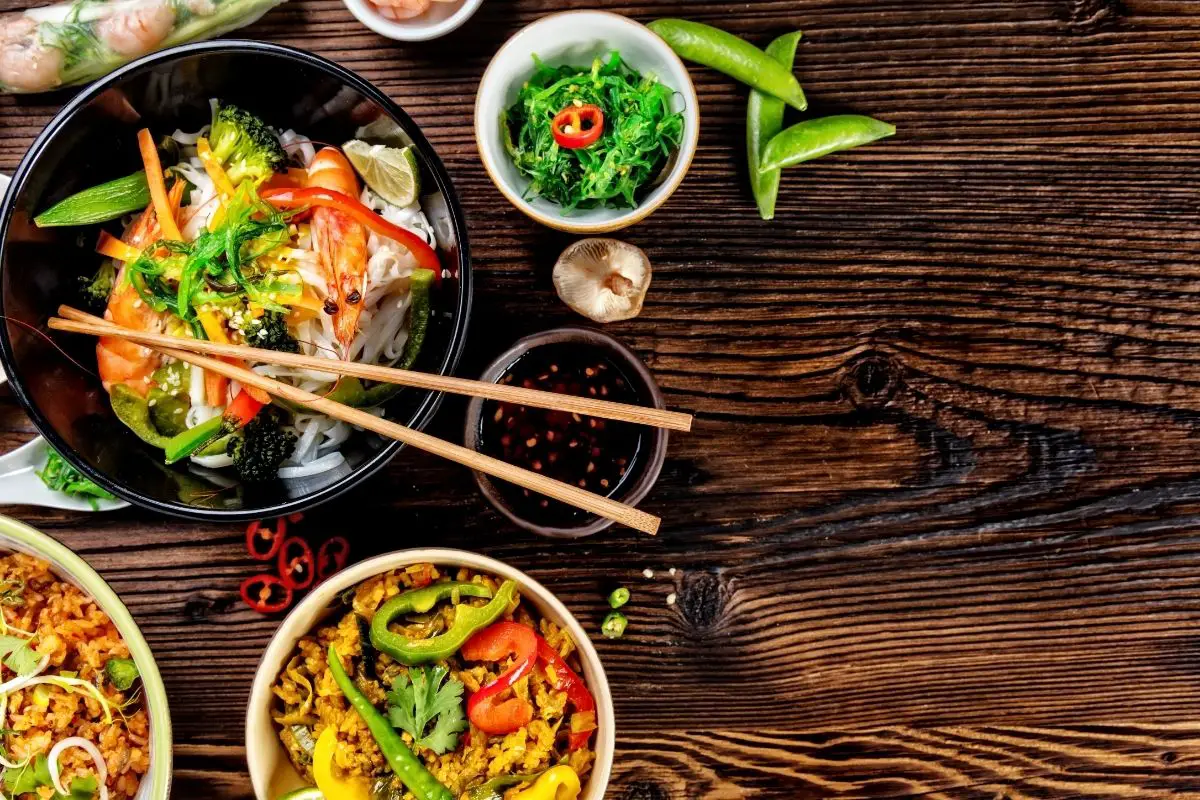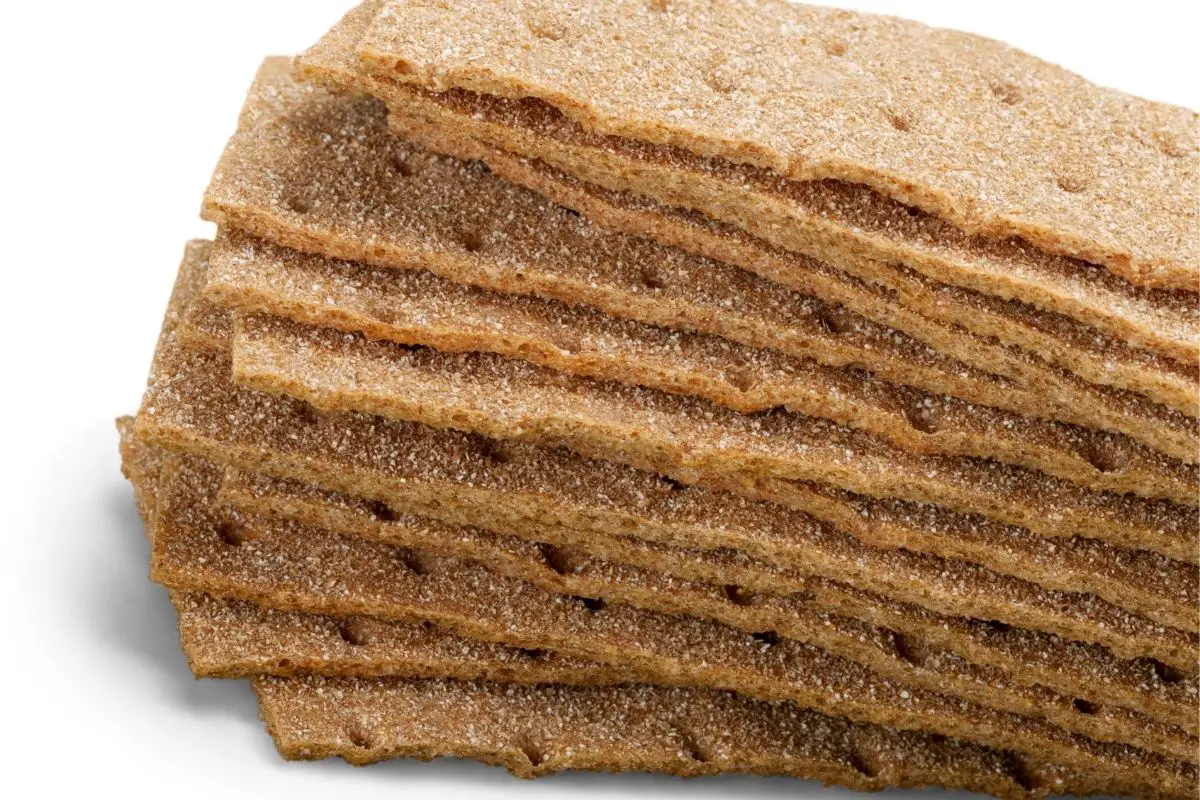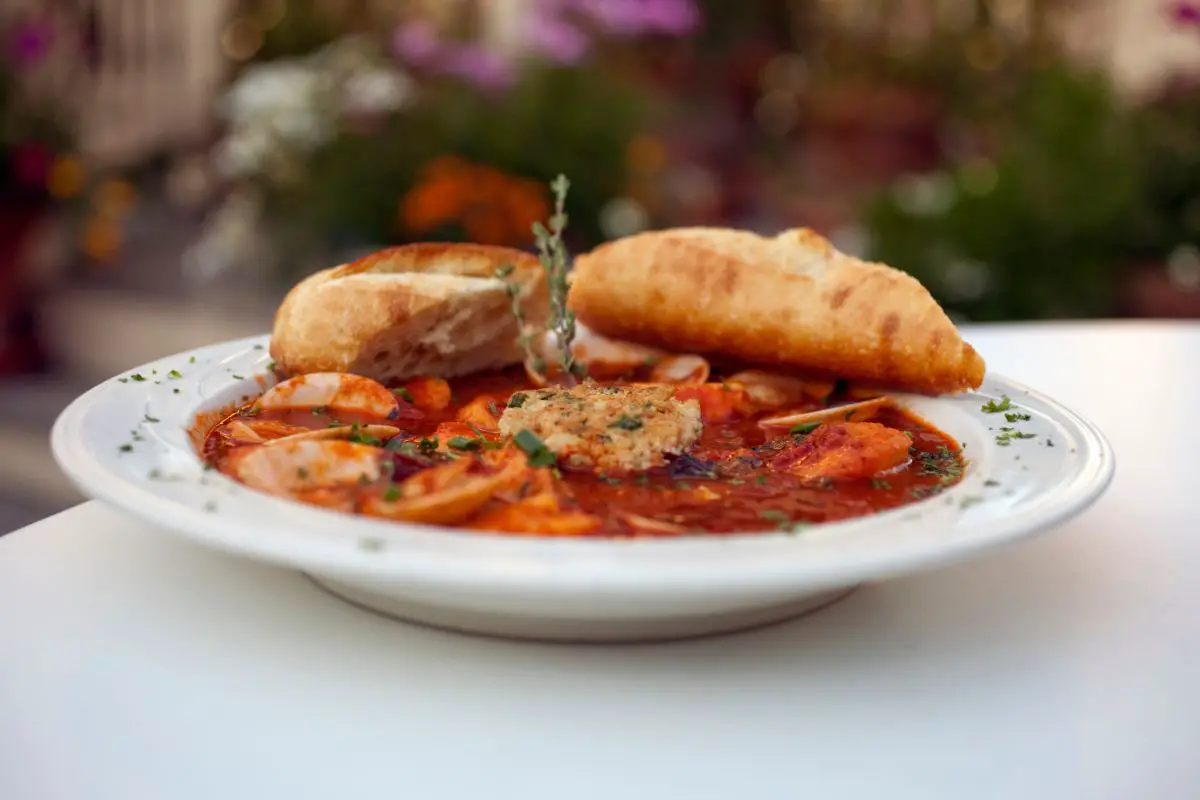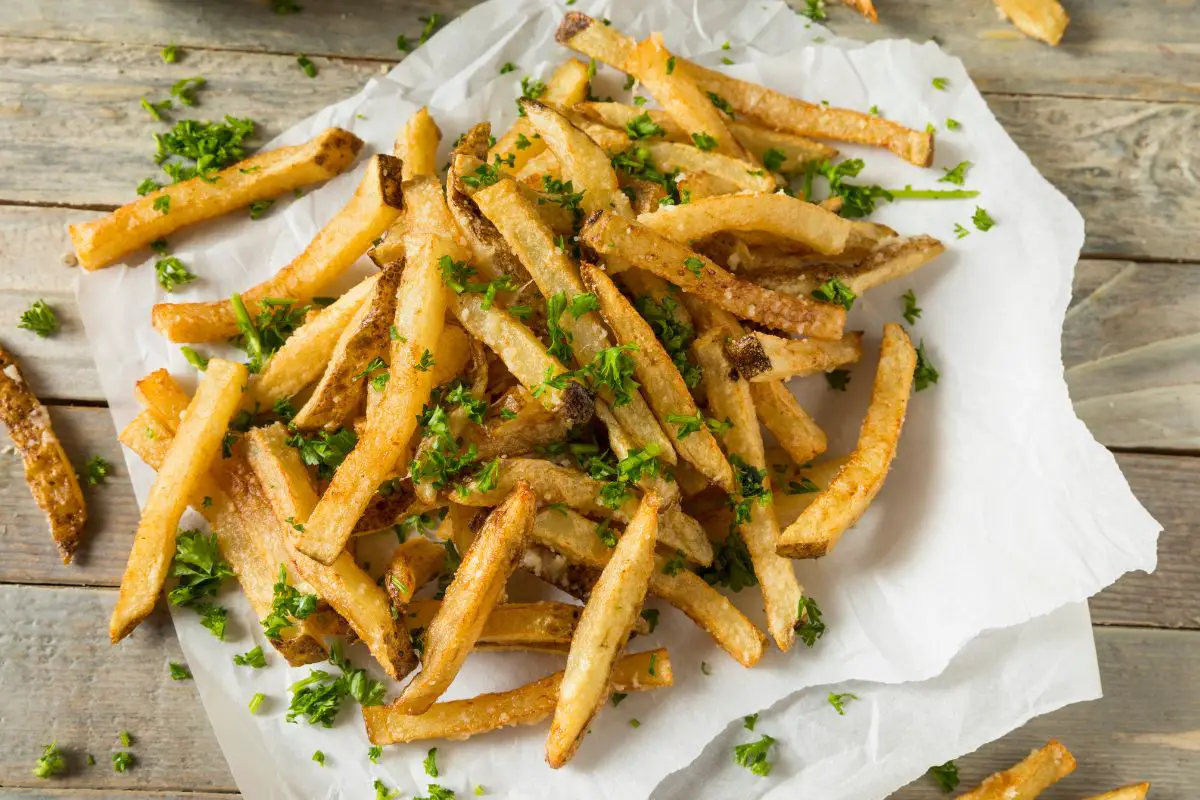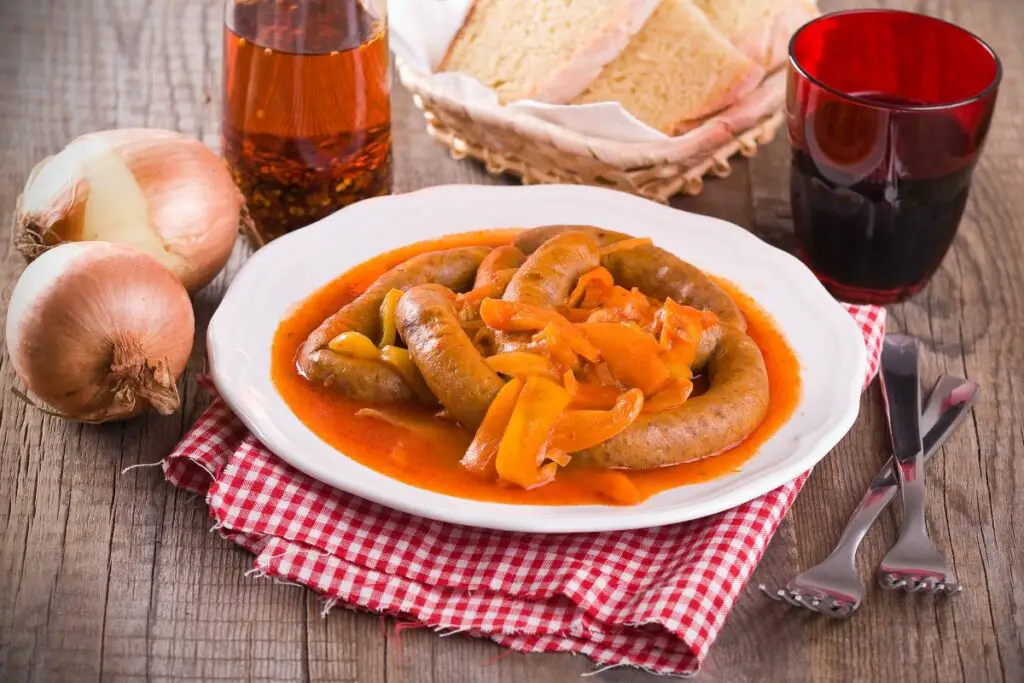Szechuan sauce has recently come to the American dining table and knowledge through a few different ways.
If you frequent Chinese restaurants, or are simply an Asian food buff, you may already know what Szechuan is.
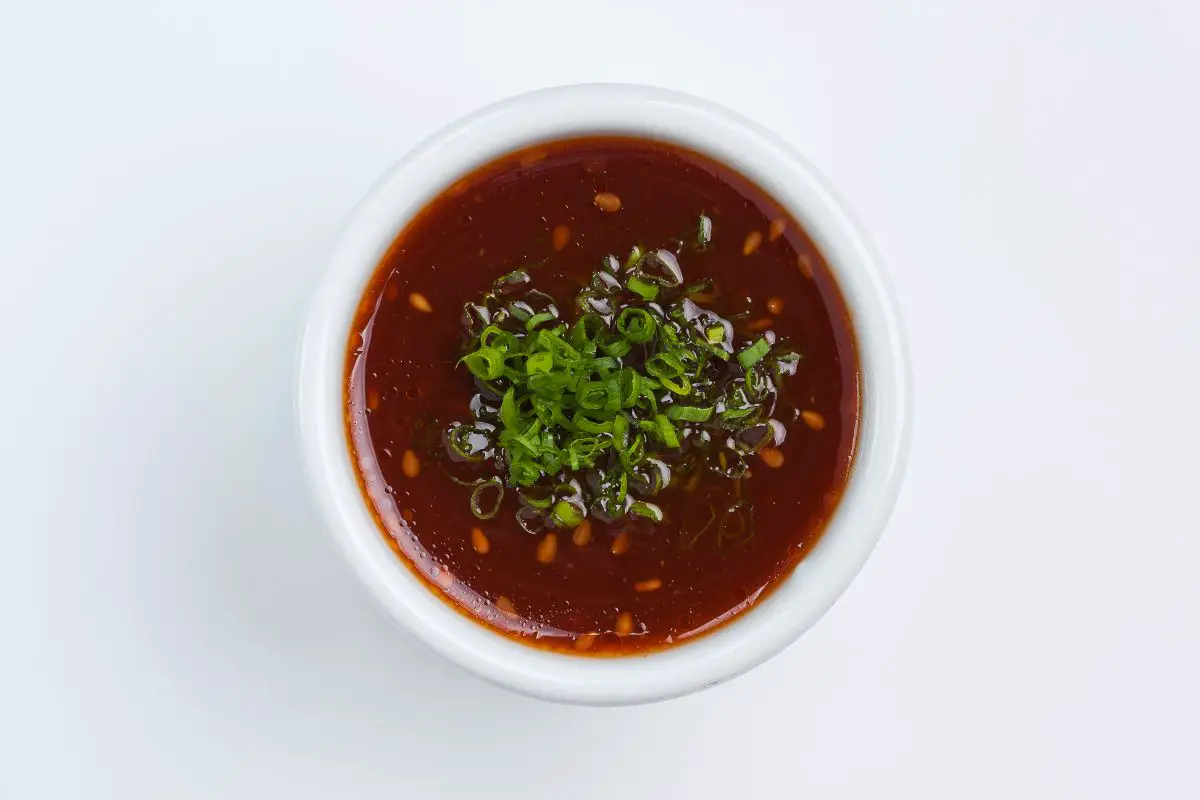
Yet, others may have only heard of it from the Rick and Morty references to its limited edition release as a McDonald’s sauce in 1998, to promote a Mulan film of the same year, and recently, as result of its increased popularity, in 2017 and 2018.
However, many will argue that the Szechuan sauce at McDonald’s is not particularly traditional and is quite different to the real Szechuan sauce we will discuss below, as well as how it is used and served in traditional Chinese cooking.
Keep reading to learn about Szechuan sauce, as well as Chinese cooking generally.
What Is Szechuan Sauce?
Szechuan cooking refers to a regional cuisine of Chinese cooking, the area of Sichuan in southwestern China.
Note here the different spellings, they are both used, even in China, Szechuan is simply a different English spelling of Sichuan, in Mandarin there is only one spelling of course.
You pronounce it, either spelling, like ‘say-shu-wan’.
The people of the Sichuan region, who comprise China’s fourth largest province, enjoy spicy food often combining chili peppers and garlic in their cuisine.
This is partly a result of Sichuan being a dry and humid region, similar to Latin America, where chili’s grow like wildfire.
Commonly, Szechuan sauce is combination of classic Chinese aromatics such as ginger and garlic, and potentially fresh chilis, as well as common liquid flavorings like soy sauce, rice wine vinegar (xiaoxing/shaoxing wine), and potentially some umami or sweet sauce like a bean sauce, or even something like plum sake.
Additionally, seasonings like Chinese five-spice, sesame seeds, chili flakes, and brown sugar can also be added, and very commonly cornstarch is used to thicken the overall sauce into something glossy.
It’s important to note that each family will make Szechuan sauce in different ways, with varying ingredients, and albeit a similar outcome, even within the region of Sichuan.
What Does Szechuan Sauce Taste Like?
Put simply, Szechuan sauce has most obviously a sweet, spicy, garlicky, umami flavor profile, but also a numbing sensation when made traditionally and authentically.
Sweet and spicy sauces, like Szechuan sauce, are common across your various Asian nations.
Teriyaki sauce in Japanese Cuisine, or Gochujang in Korean cuisine would be quite comparable, however, what makes this sauce unique in comparison is the numbing sensation many Asians will recognize as authentically Szechuanese in its origin.
Let’s also note that the popular Szechuan sauce from McDonald’s does not have this numbing sensation but is more sweet and spicy instead, like an Asian inspired BBQ sauce.
The most important ingredient that really makes a Szechuan sauce authentic is Szechuan peppercorns.
These are a specific type of peppercorn that is quite piney and spicy in comparison to your classic black or white pepper.
It is widely available in most grocery stores, although definitely in your local Asian food store.
Szechuan peppercorns provide a type of seasoning or flavoring very specific to this region of China, Sichuan, known as ‘málá’.
The etymology of this Chinese phrase combines two Chinese characters that allude to spiciness and numbing. Particularly the green variety of Szechuan peppercorns have the most numbing sensation.
Szechuan sauce, when created authentically, can have a sort of numbing heat.
This is a result of a chemical compound in the peppercorn known as ‘hydroxy-alpha-sanshool’ which, like capsaicin, the chemical compound that causes spicy sensations, interacts with the receptors on your tongue.
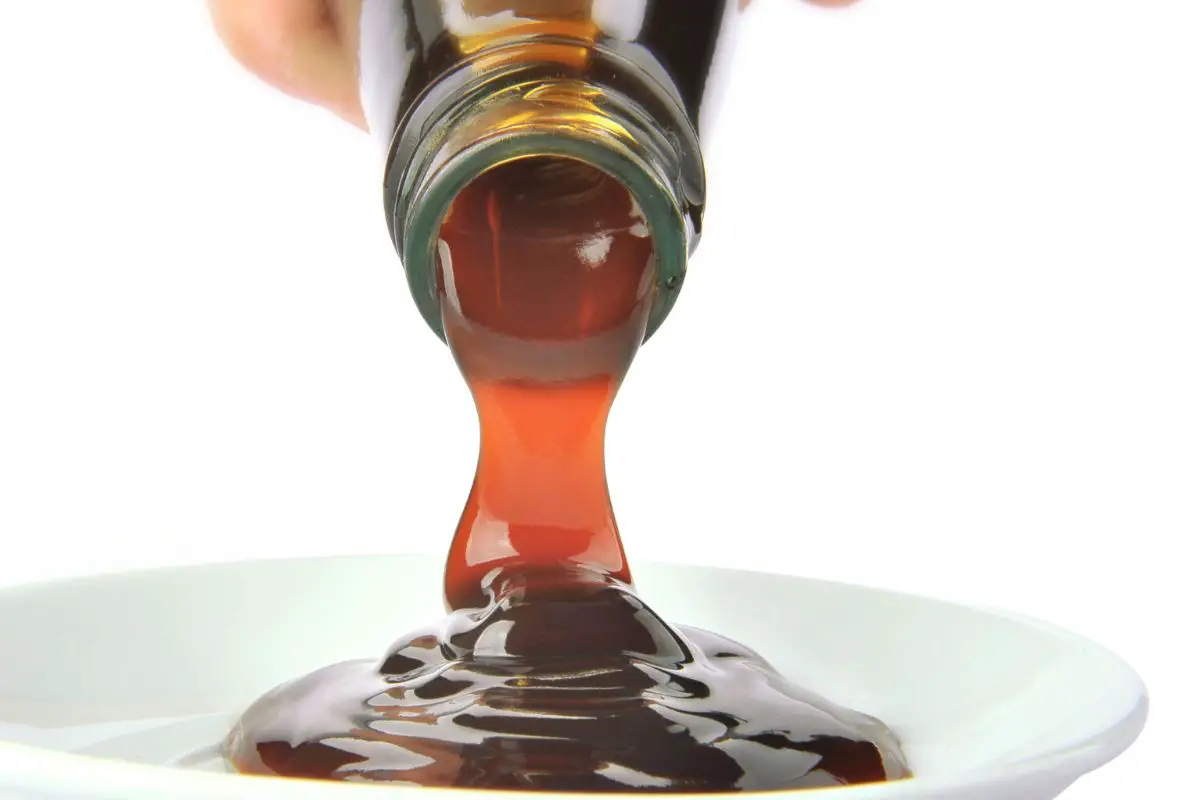
Yet, this only really is noticeable with very fresh Szechuan peppercorns and lasts perhaps 10 minutes at its most potent.
These peppercorns provide their regional cuisine, and its famed sauce, not only with this numbing heat but also with a quite aromatic and citrusy flavor that remains unique.
Szechuan peppercorns specifically come from the dried husk of the berry of an ash pine tree. For comparison, a normal black peppercorn would come from a flowering vine or plant, rather than a tree.
Outside of Sichuan cuisine, one flavor you might pick up, especially from authentic Chinese food, is what the Asians call ‘wok hei’.
This literally means ‘wok breath’ and is a flavor phenomenon that occurs when the oily or fatty elements of a sauce combust when they interact with the flames that can often lick up the sides of a Wok pan, creating a unique smoky flavor that can only really be achieved naturally through using a Wok on a gas burner.
This ‘wok hei’ flavor is very common in Chinese cooking, and thus in Sichuan cooking, as the Wok is the go to frying tool of most Asian cuisines, so might be something you recognize in Szechuan sauce.
How Is Szechuan Sauce Used?
Traditionally, you would most likely see Szechuan sauce used specifically in types of dish that requires mala seasoning, a dish that requires both numbness and spiciness.
Some common dishes that use a variation of Szechuan sauce, which you might recognize, are Dan Dan Noodles or Kung Pao Chicken which is a more westernized version of Szechuan chicken which is very similar.
Szechuan sauce can be used as a dipping sauce if you simply don’t add the cornstarch.
You could dip a numerous amount of Asian food or otherwise into this dipping sauce, traditionally dumplings, gyoza, spring rolls, or vegetables.
Most commonly, though, Szechuan sauce is used, in combination with cornstarch, as a sort of coating sauce.
It could be added to noodles on their own, or it can be used to coat and marinate cooked or uncooked meats, as it would be in Szechuan chicken.
Outside of Sichuan cuisine you could theoretically use this on anything you like. It is a savory and spicy sauce ideal with noodles, over rice, fried vegetables, or as Rick tells us, chicken nuggets.
Nearly every Sichuan dish will use Szechuan peppercorns to varying degrees in their dishes.
If you enjoy spiciness, this is a great addition to the spicy sensation and can really present a new and unique take on spiciness that many Westerners will not have experienced, or at least not knowingly.
The spiciness and numbing sensation work in tandem in the same way sweet and sour does in other Chinese dishes.
The numbing heat element of the sauce, which we identified as ‘málá’, is actually quite pleasant and isn’t as near as uncomfortable as it sounds.
It is this numbing heat that makes Szechuan sauce so compelling and so different to the many oher Asian sauces that are out there.
Final Thoughts
As you can see Szechuan sauce can actually vary a lot, from the McDonald’s sauce to the authentic uses of the sauce in Sichuan cuisine, and more widely in Chinese cuisine.
It should be clear that the most defining flavor of Szechuan sauce is the use of Szechuan peppercorns which create a unique numbing heat referred to as ‘málá’ in Chinese cooking.
Beyond this numbing heat, Szechuan sauce is commonly sweet, spicy, aromatic, and has a distinct spiciness and garlicky flavor.
What Does Szechuan Sauce Taste Like? And How Is It Used?
Course: Taste Like4
servings30
minutes40
minutes300
kcalIngredients
Szechuan Sauce
Ingredients from your favorite recipes
Directions
- For the Roasted Chile Vinaigrette: Combine all vinaigrette ingredients in a bowl and stir vigorously to mix.
- To Finish: Bring a large pot of salted water to a boil. Add noodles and cook according to package directions. Drain. While noodles are cooking, heat oil in a wok or a small skillet over high heat until smoking. Add pork and preserved vegetable and cook, stirring and shaking constantly, using a spatula or a spoon to break up pork until cooked through, about 1 minute. Transfer to a small bowl and set aside.
- Transfer noodles to serving bowl and top with pork mixture. Stir vinaigrette and spoon over and around the noodles (you may not want to use all of it). Sprinkle with roasted peanuts, Sichuan peppercorn, grated garlic, and scallion greens. Serve immediately.
Recipe Video
https://youtu.be/DDhgtkGNsaMVideo can’t be loaded because JavaScript is disabled: What does Szechuan sauce taste like? (https://youtu.be/DDhgtkGNsaM)- What Exactly Do Chickpeas Taste Like? Is There A Distinct Flavor? - September 30, 2023
- Top 11 Low Carb Options at Sonic Drive-In for Keto Diet - September 30, 2023
- What Should You Serve Alongside Potato Salad? 8 Incredible Side Dishes - September 30, 2023



